NASA Commons 2
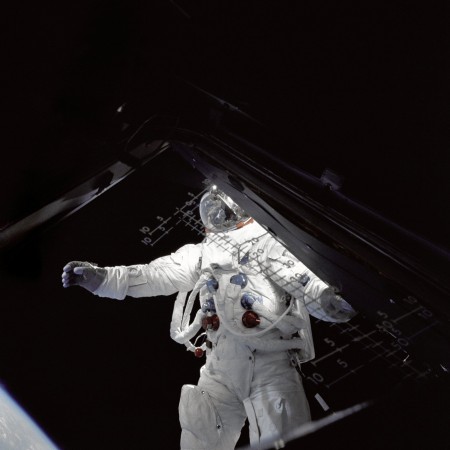
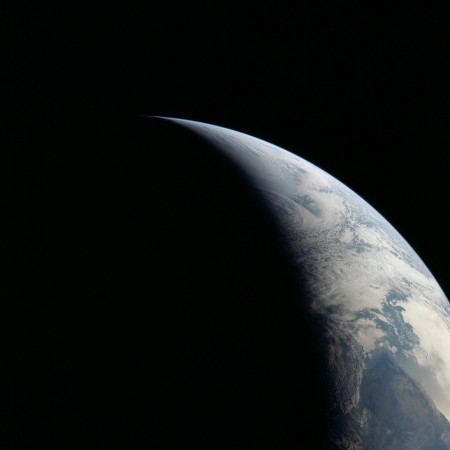
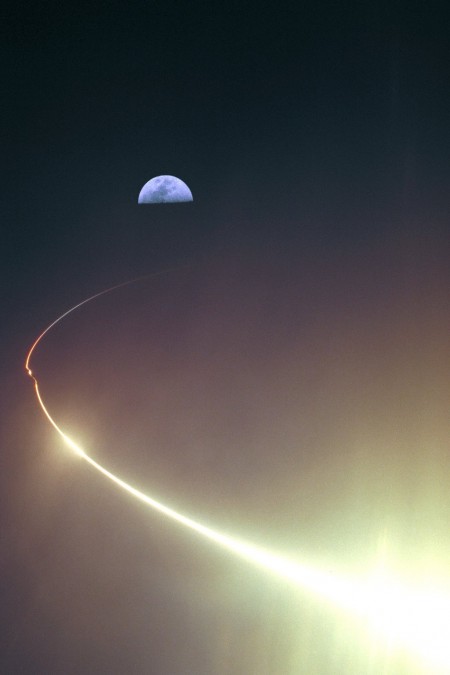
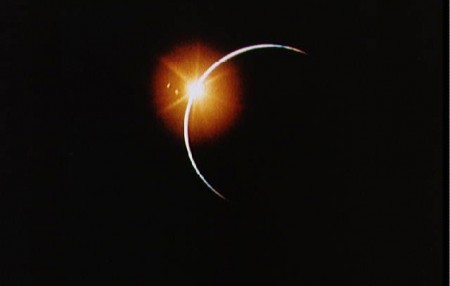
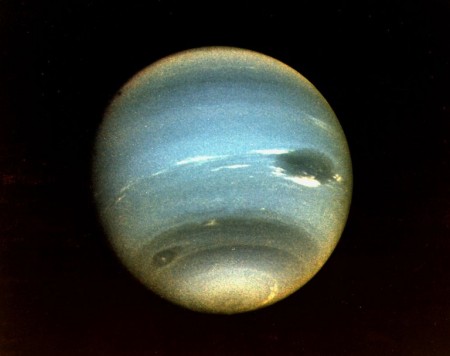
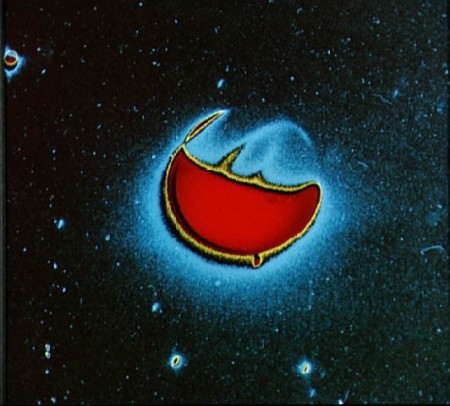
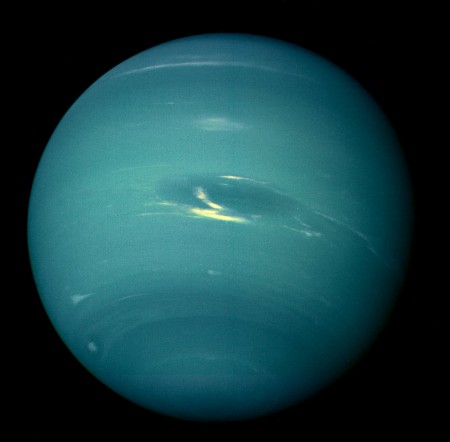
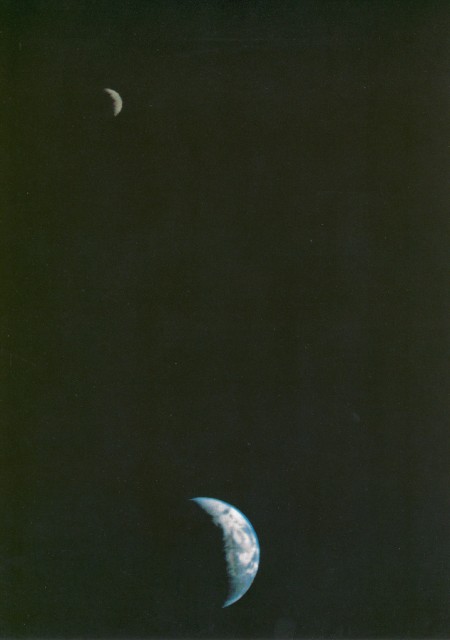
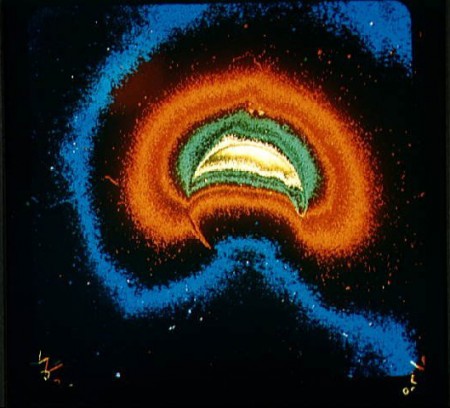
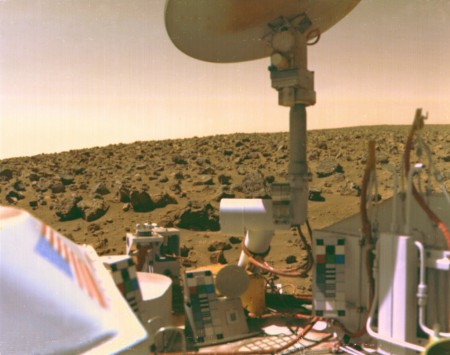
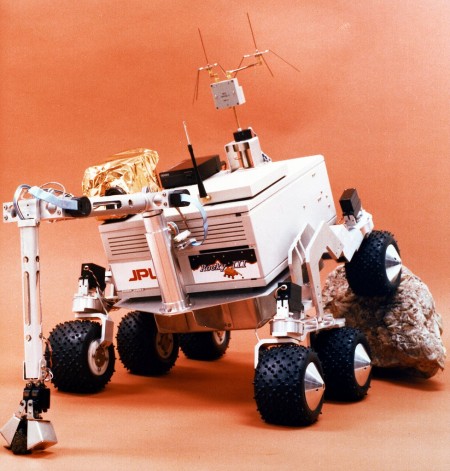
Always a wealth of incredible images (many of them high-res) on the NASA Commons Flickr page.
Further viewing: NASA Commons Pt. 1











Always a wealth of incredible images (many of them high-res) on the NASA Commons Flickr page.
Further viewing: NASA Commons Pt. 1
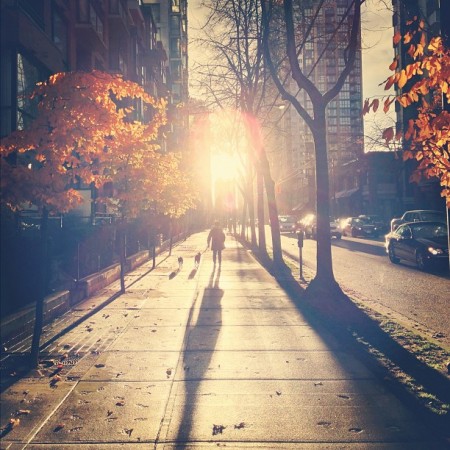
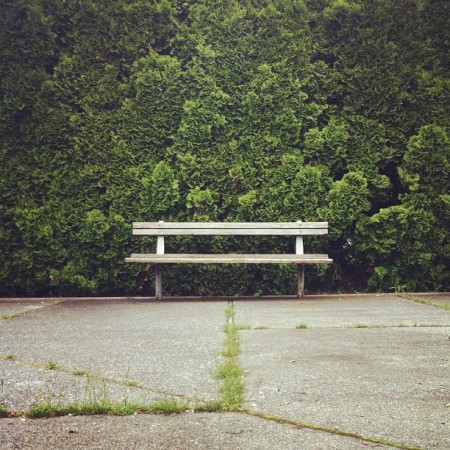
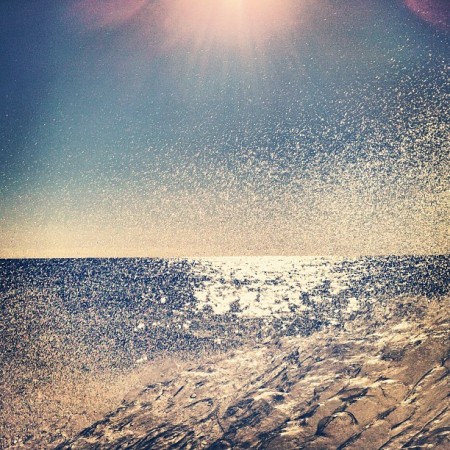
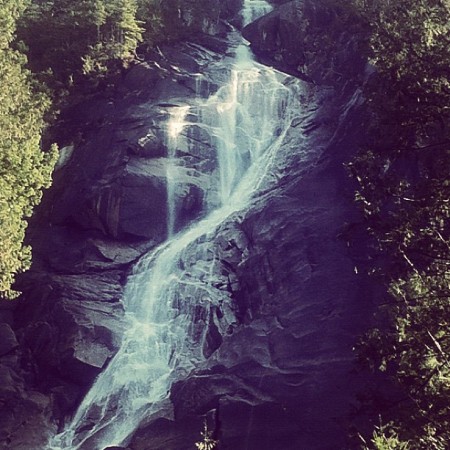
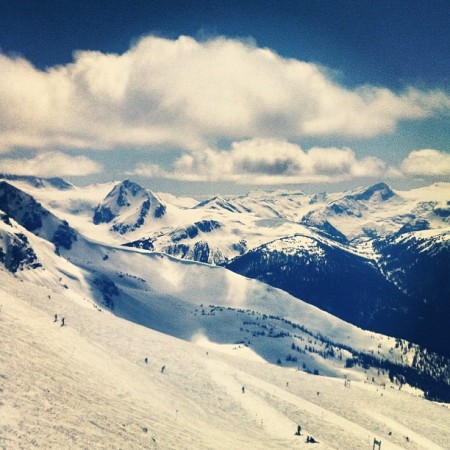
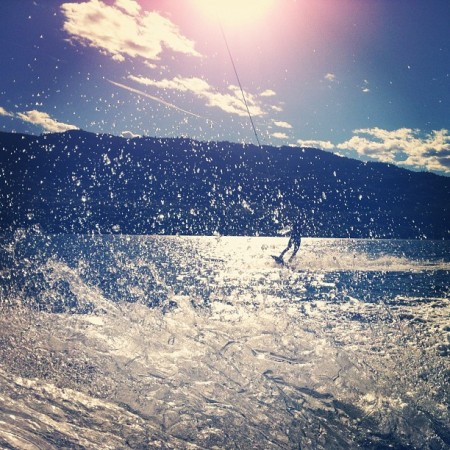
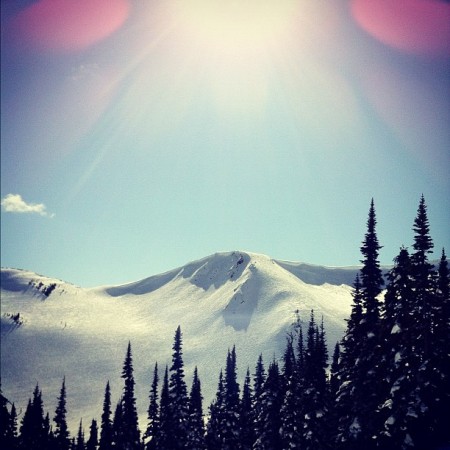
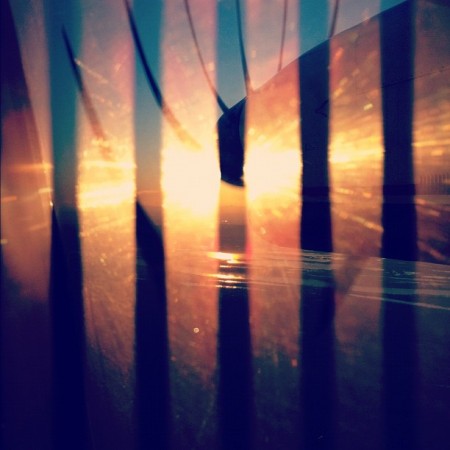
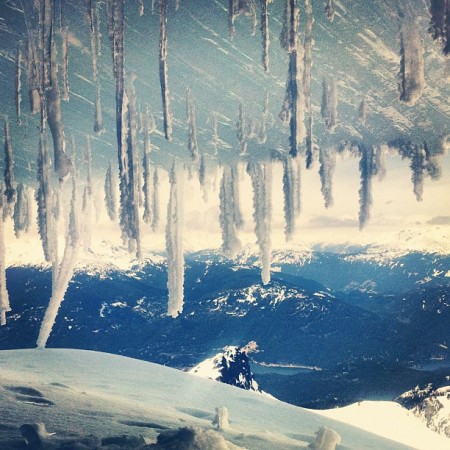
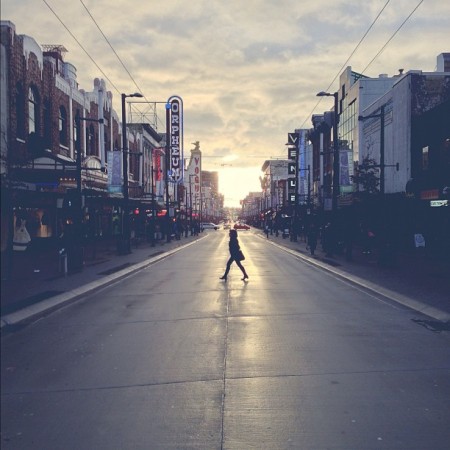
Some great shots from Marcus Eriksson aka Subdisc.
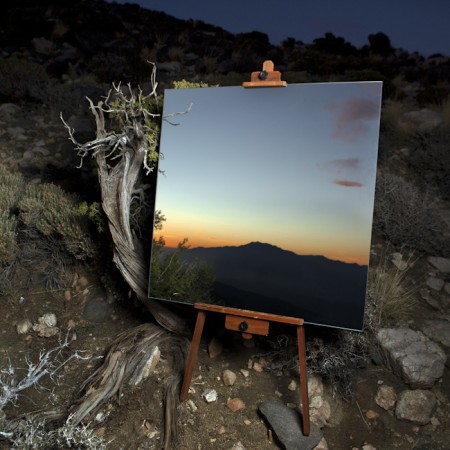
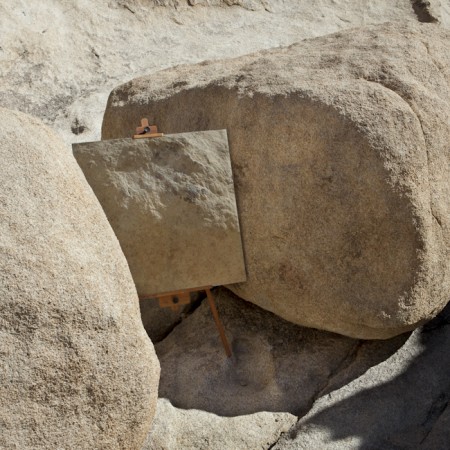
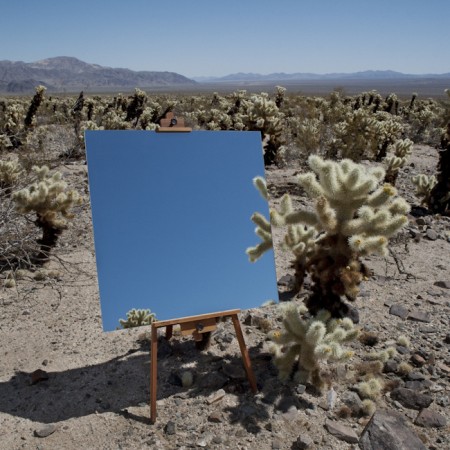
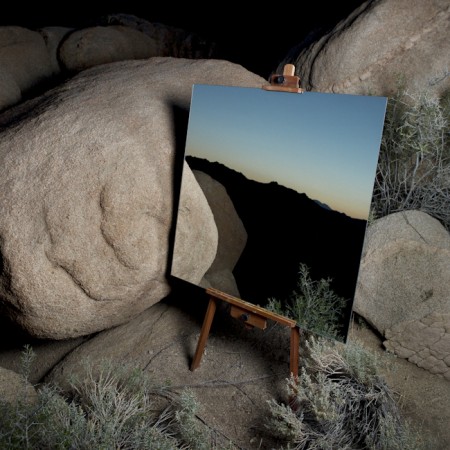
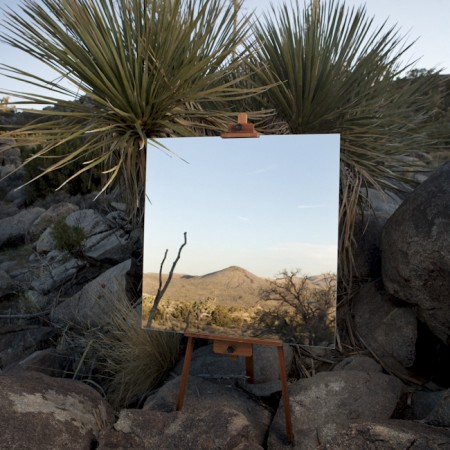
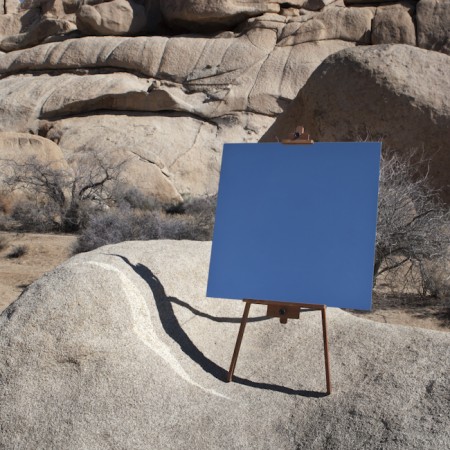
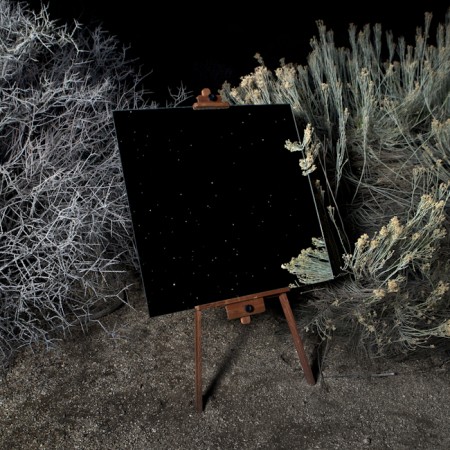
Of all the photos we’ve seen in our lives most of them focus on the center and a good amount of them on the emptiness, its not even about the negative space when it comes to Daniel Kukla’s photos its the fascinating bits that are creeping in.
via Daniel Kukla
I remember the first time I laid eyes on a photo of Brasilia. I actually thought it was from a science fiction movie or computer generated 3D model. In fact, it’s still hard to believe these buildings really exist on our planet today.
Yesterday, the legendary architect behind Brasilia and many more modernist works of art, passed away at the age of 104.
Oscar Niemeyer was an architect by trade, but his buildings embodied much more than the engineering or utility behind them; they were, to borrow a phrase I read in a recent obituary, “a poetic vision of the future.”
And nowhere was Oscar’s vision better demonstrated than in Brasilia, a planned utopia conceived in Brazil’s interior that resembles a spaceport more than anything we might recognize as a city. In fact, after flying over Brasilia’s futuristic presidential palace and modular ministries in 1961, Yuri Gagarin, the Russian cosmonaut and first man in space, said “the impression was like arriving on another planet.”
The photos presented here are from two photographers and sources. Marcel Gautherot’s photos of ‘The Construction of Brasilia’ are sourced from an Arch Daily article you should read and see. The others are from Rene Burri, and you can view more of them through Magnum Photo’s website.
Posted by: Owen Perry
Instagram: @circa_1983
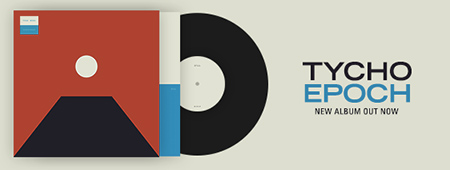
Nenad Saljic’s study of the north face of the Matterhorn is absolutely stunning work. Over the course of three years, the Croatian photographer has captured this iconic Alp no less than a few thousands times.
Using a black and white medium, Nenad masterfully demonstrates how weather, light and composition can drastically change a photographic subject through time.
Nenad states, “I want my images to compress the passing of time – the beauty of the wind and the clouds dancing around the mountain.”
You can read about and view more of these amazing Matterhorn images on his portfolio.
Posted by: Owen Perry
Instagram: Circa_1983
All analog photography by Ellen Rogers. Absolutely floored.
Via MELT
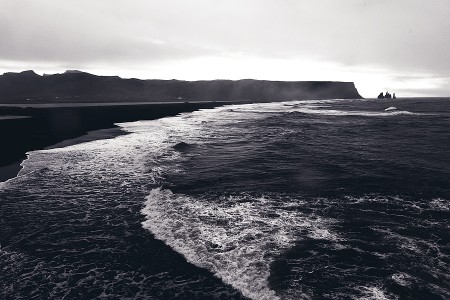
Last year I got to be a part of an amazing project with an immensely talented group of film makers, musicians and fellow photographer Kim Holtermand. The clip above is a sample from the film that Scenic Studios created along with DERU. I’d like to thank everyone that has supported the project. It’s so great to have projects such as this and many others come to life through Kickstarter.
You can see more of my photography from the project on my website:
There’s also a few more printed postcard books that can be purchased:
Or if you’d like, you can also purchase the film as a HD digital download:
Expedition 31 Flight Engineer Don Pettit relayed some information about photographic techniques used to achieve the images:
“My star trail images are made by taking a time exposure of about 10 to 15 minutes. However, with modern digital cameras, 30 seconds is about the longest exposure possible, due to electronic detector noise effectively snowing out the image. To achieve the longer exposures I do what many amateur astronomers do. I take multiple 30-second exposures, then ‘stack’ them using imaging software, thus producing the longer exposure.”